On May 7, 2025, India launched Operation Sindoor, marking a significant escalation in regional tensions. This meticulously planned military operation involved a series of precision airstrikes targeting terrorist infrastructure deep within Pakistan and Pakistan-administered Kashmir. It was a direct and strategic response to the Pahalgam terror attack that occurred just two weeks earlier on April 22, where 26 Hindu pilgrims were killed and dozens injured while visiting the popular tourist destination in Jammu and Kashmir.
Indian intelligence linked the Pahalgam attack to well-known Pakistan-based terror outfits such as Jaish-e-Mohammed and Lashkar-e-Taiba, both of which have a long history of orchestrating attacks on Indian soil. Operation Sindoor aimed to dismantle key terrorist training centers, logistical hubs, and safe houses believed to be used by these groups.
The operation was carried out using Rafale fighter jets equipped with SCALP missiles and AASM Hammer bombs, ensuring high accuracy with minimal collateral damage. Over the course of just 23 minutes, nine high-value targets were struck across locations like Bahawalpur, Muridke, Kotli, Sialkot, and Muzaffarabad. The strikes signal a clear shift in India’s counter-terrorism policy—from restraint to assertive deterrence—highlighting its resolve to eliminate cross-border terrorism at its source.
The Trigger: Pahalgam Attack
The roots of Operation Sindoor trace back to a brazen attack in Pahalgam, a picturesque tourist destination in Jammu and Kashmir, where heavily armed militants opened fire on a convoy of unarmed pilgrims. The incident, which India attributes to Pakistan-backed terror groups Jaish-e-Mohammed and Lashkar-e-Taiba, sparked nationwide outrage and a clear political mandate for action.
Precision Strikes: Inside the Operation
Over the span of just 23 minutes, Indian Rafale fighter jets equipped with SCALP missiles and AASM Hammer bombs struck nine high-value targets, including:
Bahawalpur – suspected JeM headquarters.
Muridke – Lashkar-e-Taiba stronghold
Sialkot, Kotli, Muzaffarabad, and other militant training hubs
These strikes were calibrated to minimize collateral damage while maximizing disruption to Pakistan’s terror infrastructure. Indian officials emphasized that only military and terrorist facilities were hit, avoiding civilian population centers.
Casualties and Contested Claims:
Indian intelligence reports suggest at least 31 terrorists and facilitators were neutralized. However, Pakistan disputes this narrative, claiming civilian casualties, including damage to religious sites. These conflicting claims are under intense international scrutiny, with satellite images and open-source intelligence still being analyzed.
Colonel Sophia Qureshi: The Face of Indian Resolve
The post-operation briefing was led by Colonel Sophia Qureshi, a trailblazing officer in the Indian Army and a symbol of India’s evolving military leadership. Her calm, detailed articulation of the strike’s objectives and outcomes projected both military professionalism and moral clarity.
International Response: Caution and Concern
- United States: Called for restraint, with Secretary of State Marco Rubio urging dialogue.
- United Nations: Secretary-General António Guterres appealed to both nations to prevent further escalation.
- China and Russia: Issued guarded statements, emphasizing regional stability.
While global powers acknowledged India’s right to defend itself, they expressed concern over potential retaliatory moves by Pakistan, which has since placed its armed forces on high alert.
Strategic Implications:
Operation Sindoor marks a doctrinal shift in India’s counter-terrorism approach:
- From reactive diplomacy to proactive deterrence
- From targeting border camps to deep-strike capabilities
- From ambiguous messaging to international clarity
This move sends a strong message not just to terror sponsors, but also to the global community: that India will no longer tolerate proxy warfare on its soil.
Conclusion: A Calculated Gamble
Operation Sindoor is as much about military precision as it is about psychological warfare. It underscores a new era in India’s national security doctrine—one where decisive action takes precedence over prolonged deliberation.
However, this bold move comes with inherent risks. The coming days will test diplomatic channels, military preparedness, and the international community’s commitment to fighting terror without tolerating its proxies.

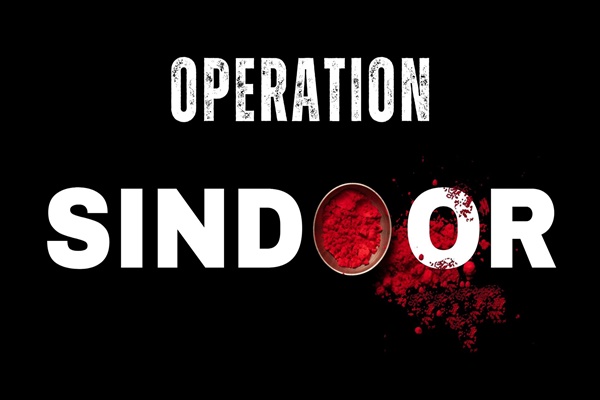
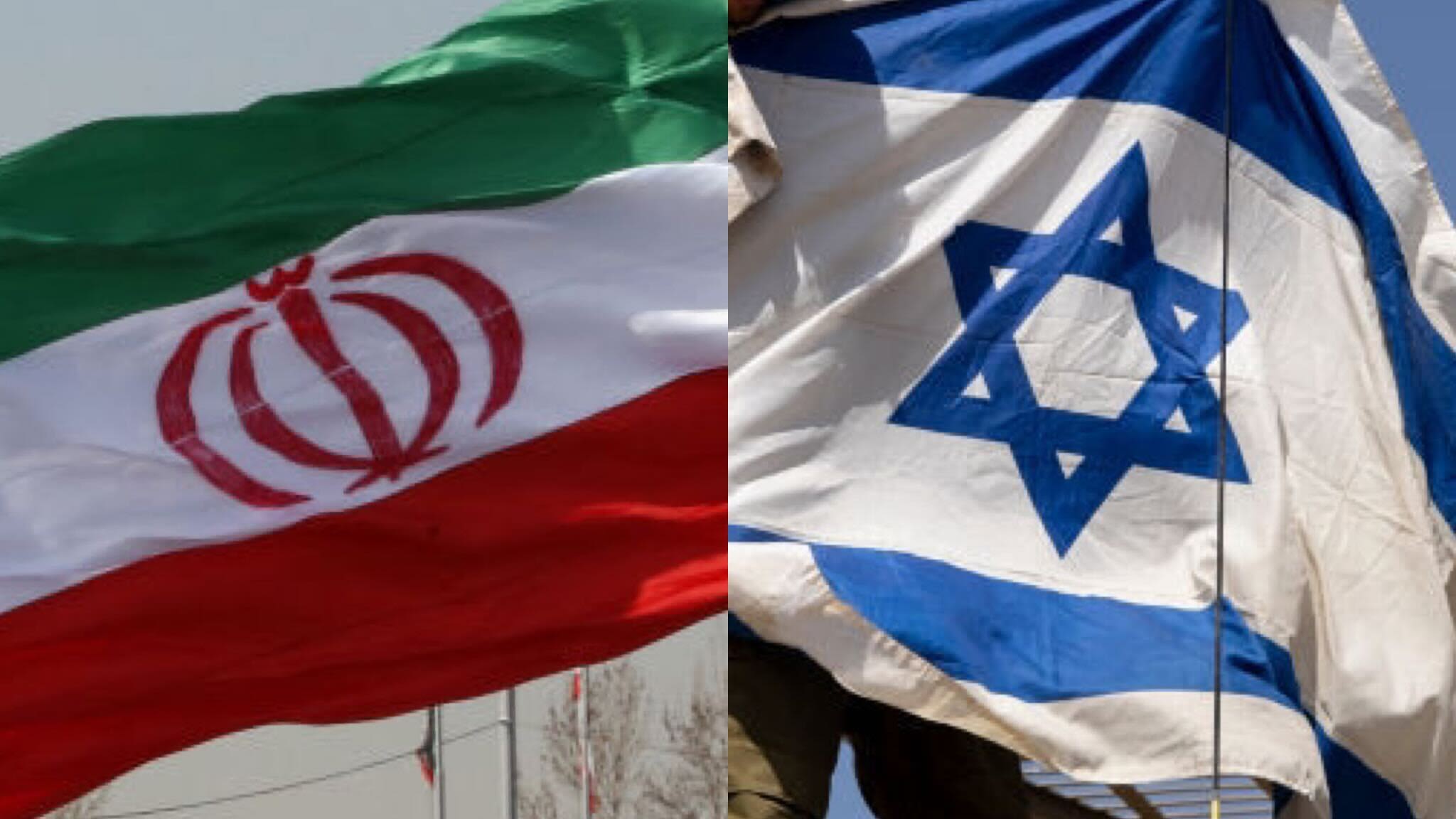




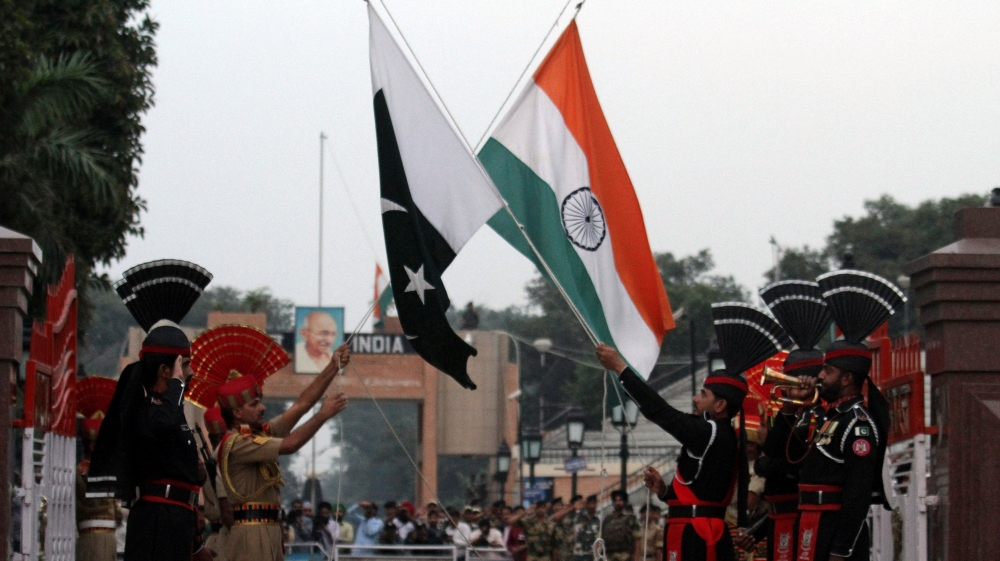
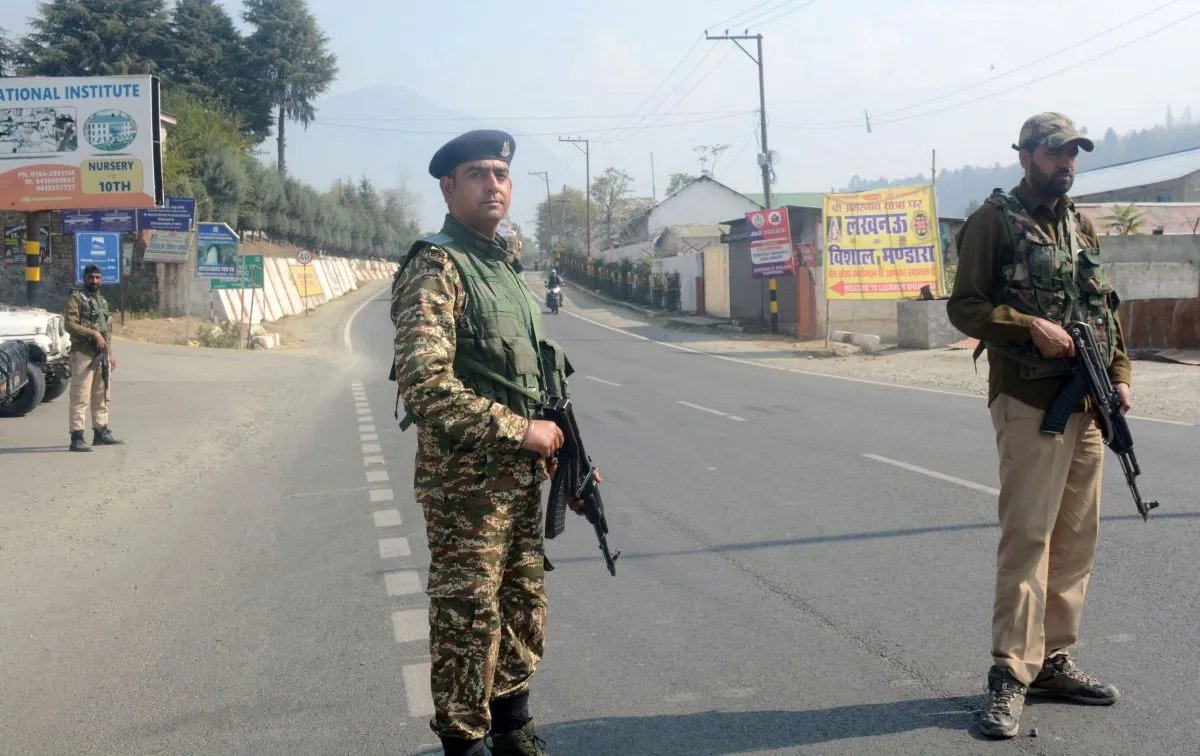
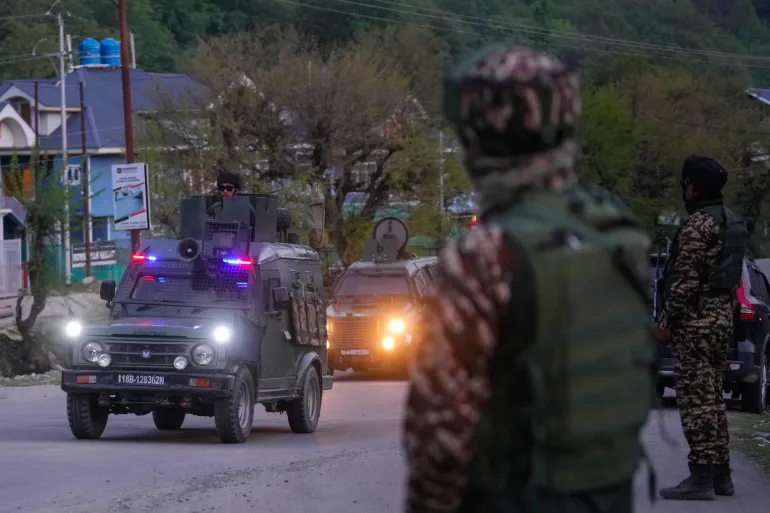



Leave a Reply